Gary Thomas, through his attorney, went to court to challenge the IRS’s disallowance of his unreimbursed employee business expenses for 2016 and 2017. However, this isn’t about Thomas and the deductibility of his expenses; this is about his attorneys and their use of artificial intelligence (AI) when preparing their pretrial memorandum.
Thomas’s attorney, being new to the firm, had a new paralegal draft the pretrial memorandum for her, which is fine. However, the attorney signed the document without reviewing it and it is her signature that acts as her certification, making her responsible for its content.
Upon review of the pretrial memorandum by the court, it was unclear to what extent AI was used to prepare it because it had the hallmarks of being prepared with the assistance of a large language model (LLM), or AI.
LLMs are prone to “hallucinations.” AI hallucinations occur when a LLM perceives a word pattern and generates output that is inaccurate or even nonsensical. After reviewing the pretrial memorandum, the court informed Thomas’s attorney that it was unable to locate three of the four cases cited.
The court’s initial reading showed it conformed to what was expected. However, here is the where the issue comes in. In preparing for trial, the court discovered that none of these cases actually existed as cited, nor did their citations stand for the propositions they were cited for, meaning they were AI hallucinations. For example:
| Case Cited | AI Hallucinations |
|---|---|
| Schluter v. Commissioner, T.C. Memo 1998-269, showing the Tax Court held that an employee who was required to submit business expenses for reimbursement, but who was not reimbursed by the employer, was entitled to deduct those expenses. | Schluter v. Commissioner, T.C. Memo. 1998-269, is actually T.C. Memo. 1970-67, a dependency exemption case, and T.C. Memo. 1998-269 is actually Schmitt v. Commissioner, a method of accounting case. |
| Meneguzzo v. Commissioner, T.C. Memo 1969-15, showing the Court allowed deductions where the employer had an obligation to reimburse the employee, but reimbursement was not made. | Meneguzzo v. Commissioner, T.C. Memo 1969-15, is actually 43 T.C. 824 (1965), a tip reporting case and T.C. Memo. 1969-15 is actually B-E-C-K McLaughlin & Assoc. v. Renegotiation Board, an excess profits case. |
| Gagliardi v. Commissioner, T.C. Memo 2011-194, stating that if the taxpayer provides credible evidence that the expenses were incurred and not reimbursed, the burden may shift back to the IRS to prove that the disallowance of the deduction was correct. | Gagliardi v. Commissioner, T.C. Memo. 2011-194, is actually T.C. Memo. 2008-10, a gambling loss case, and T.C. Memo. 2011-194 is actually Layton v. Commissioner, a collection case. |
With regard to AI, professionals, including attorneys and tax preparers, have a variety of tools in their “toolbox.” Those we are most familiar with include software products, computers, printers (useful also in paperless offices), phones and office supplies. The new tool now available to professionals is AI.
However, professionals cannot blindly rely on the AI-generated results. To be certain the information generated is accurate, it is necessary to confirm the output.
As tax practitioners we have our due diligence and ethical standards we must maintain per Circular 230, §10.22 and §10.50. For example, if we utilize AI as a tool, we must not take it at face value without confirming its findings. That can be done through various sources such as those found at the IRS website.
In addition, NATP has a variety of tools such as our on-demand webinar on how to do tax research, Enhancing Your Tax Research Skills: Tools, Strategy and Documentation.
Information included in this article is accurate as of the publish date. This post is not reflective of tax law changes or IRS guidance that may have occurred after the date of publishing.
